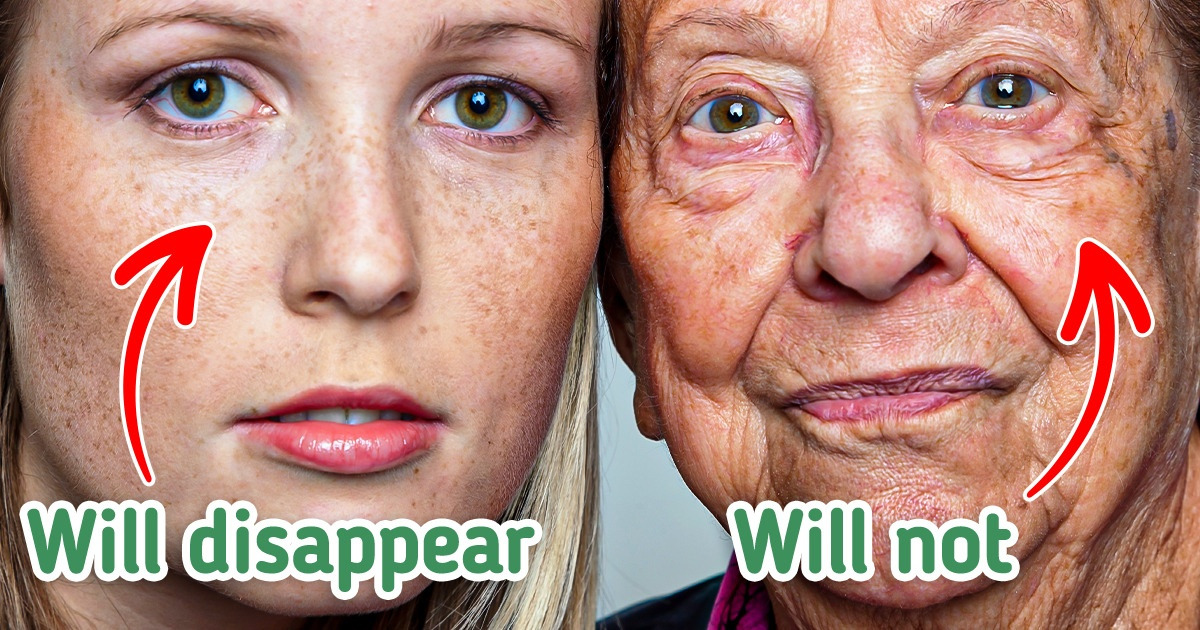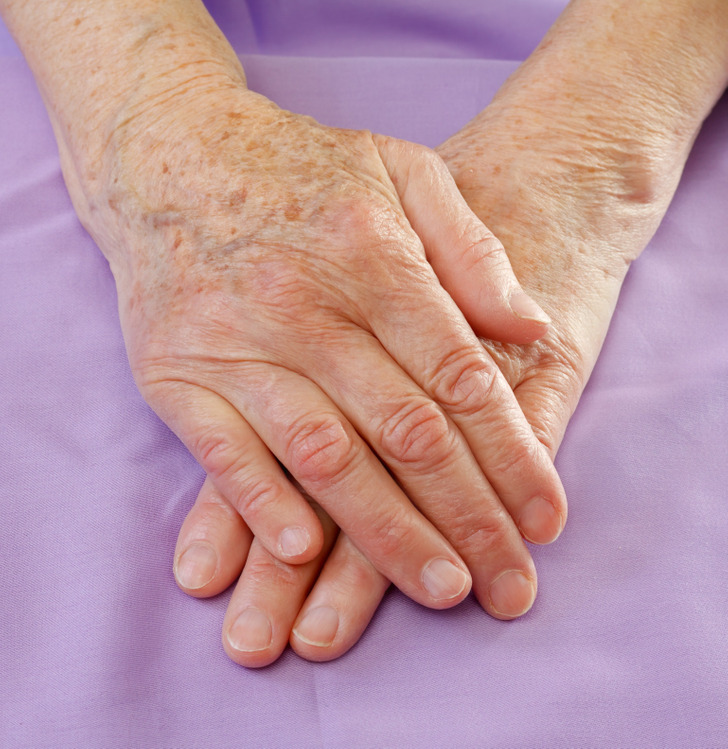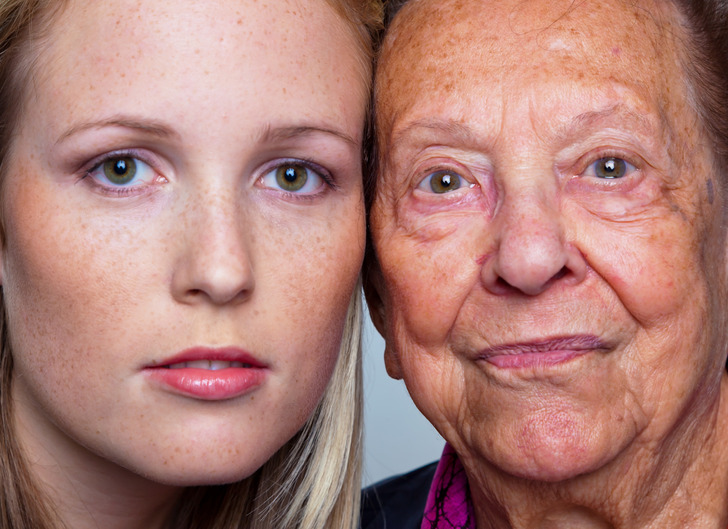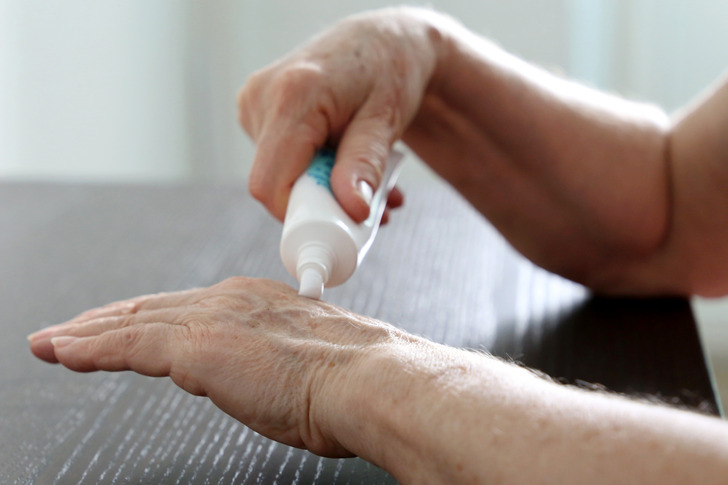What Causes Skin Pigmentation

Even if you don’t have age spots on your skin, you’ve probably seen them on the skin of other people you know, as this disorder is quite common. But not everyone knows what causes these to appear and whether it’s necessary to fight them.
5-Minute Crafts would like to tell you more about this topic.
❗ Important: This article is for information only and can’t replace a doctor’s recommendations.
What pigmentation is
To begin with, it’s important to understand what exactly we mean by age spots.
Age spots, or sunspots, are small dark areas on the skin. As a rule, the skin under them remains smooth. They appear on those parts of the body that are more exposed to sunlight. Age spots are quite common in people over 50, but they can also appear in younger people, especially if they tend to spend a lot of time in the sun.
Despite the fact that age spots may look suspicious, they don’t need treatment. But, of course, if you are concerned about why they’ve appeared, it’s never a bad idea to consult a doctor.
Why age spots appear
Age spots are formed due to prolonged exposure to the sun. Ultraviolet radiation speeds up the production of melanin, and the skin develops more pigment and darkens. Spots tend to appear on the areas of the skin that have been exposed to the sun for many years, such as the backs of the hands, tops of the feet, or shoulders.
It’s worth distinguishing age spots from tan skin or freckles. Unlike the last 2, age spots don’t fade with the absence of sun exposure.
Risks
As mentioned above, age spots don’t need treatment or removal, as they are not dangerous to your health. However, if you notice changes in their appearance, it’s worth visiting your doctor. Changes can be different and include the following:
- The spot is black.
- It’s increasing in size.
- It has an irregular border.
- It has an unusual combination of colors.
- It’s bleeding.
Preventive measures
To prevent the appearance of age spots, try to refrain from prolonged sun exposure. Follow these tips:
- Try to stay indoors between 10 a.m. and 2 p.m. because the sun’s rays are most intense during this time.
- Use sunscreen with an SPF of at least 30, then apply it to the body 15 minutes before going outdoors and every 2 hours after that.
- Choose clothes that cover the shoulders and legs, and wear a wide-brimmed hat.


